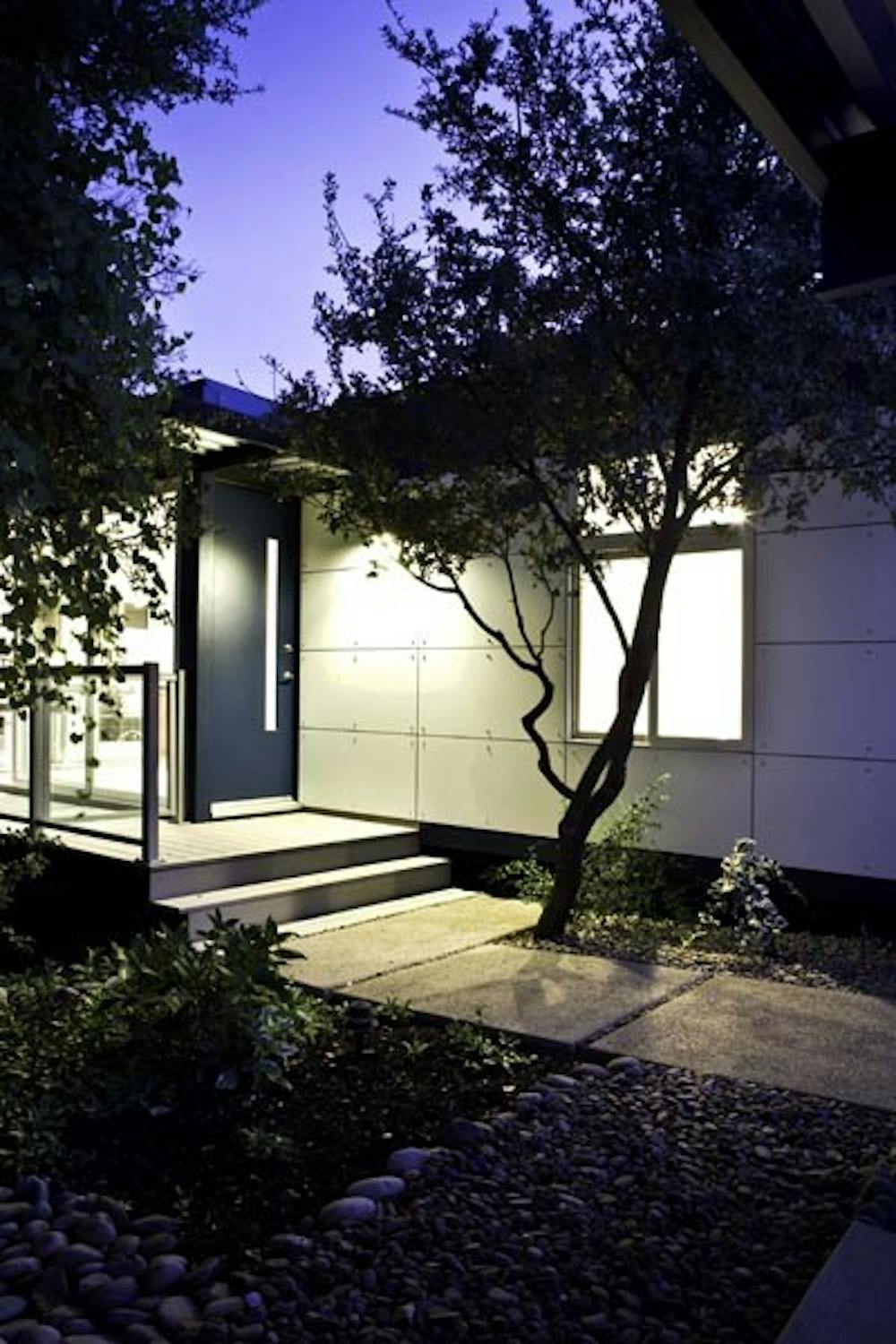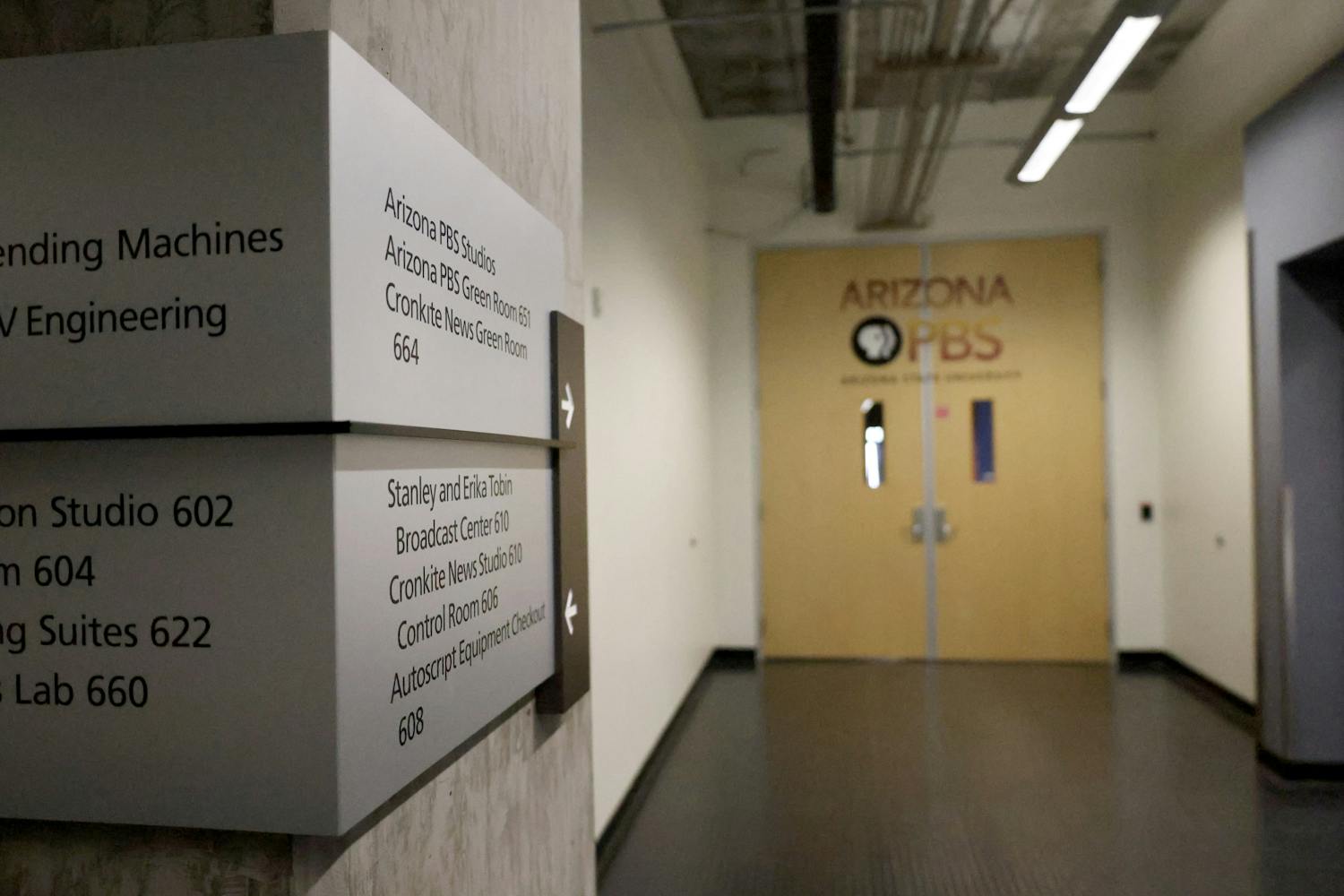An ASU graduate is breaking the mold for prefabricated houses.
Tim Russell’s company, ASUL, is in the business of designing customizable, modern, eco-friendly prefab homes at an affordable price.
The Phoenix-based company completed its first three sustainable homes in Prescott in May and is currently building six more homes in different states, including Georgia and California.
ASUL creates standardized rooms that can be combined to build countless customizable homes. This system lends itself to be easily repeatable and predictable, Russell said.
Russell, who graduated from ASU in 1989 with a bachelor’s degree in political science, formed ASUL in 2009 with the development of a project in Prescott. Before this, Russell spent five years on research and development for the company.
ASUL, which stands for Adaptable System for Universal Living, has found success even in hard economic times in the housing sector, Russell said, adding that ASUL’s success is due to its innovative ideas.
Russell, who also has a background in public health, worked in community development in Texas. While there, he observed how segmented each aspect of home building can be.
“Oftentimes, the individuals involved are not collaborating in the process,” Russell said. “With ASUL, we have brought together architects, scientists, contractors and engineers to meet the needs of the housing market.”
The key to providing the eco-friendliness, affordability and customizability of ASUL homes is its steel frame.
Because the steel frame bears the weight of the entire house, load-bearing walls to support the house are not necessary, Russell said.
“With our system, you actually don’t need any walls at all,” Russell said. This allows buyers to include fewer walls and make the houses feel more open, which gives them a more modern look.
ASUL homes are usually smaller than conventional homes, and the biggest house built so far is only 850 square feet. But due to the openness the steel frame allows, every square foot can be used, Russell said.
Because of the steel frame, buyers can design their homes the way they want by combining a set of room and ceiling dimensions. Room sizes range from 144 to 576 square feet, and ceilings come in heights of eight, 10 or 12 feet.
In a way, the design process works like Lego blocks, Russell said.
“The analogy to Legos fits because you can take these different sized rooms and create what you want with them,” he said.
Ron Lundeen owned the land in Prescott where the first three ASUL houses were built. He said he was impressed by the steel frame’s versatility.
The lots in question were located on a slope in the middle of a flood plain above a small stream. During heavy rainfall, the stream would grow from its usual width of 4 feet to an enormous 60 feet, Lundeen said.
“We could never build a conventional house on these lots,” Lundeen said.
ASUL could build on the lots because they plant concrete and steel posts deep into the ground to act as stilts, which raise the houses above the ground.
Another advantage of ASUL’s homes are their small impact on the environment, said Philip Horton, a faculty associate in the School of Architecture and Landscape Architecture at ASU.
“The houses touch the Earth more lightly,” Horton said, referring to the stilts design. “It’s more respectful to the Earth.”
ASUL homes are also energy efficient, Russell said. The steel frame allows builders to replace load-bearing walls with large windows that absorb heat from the sun.
Energy efficiency saves homeowners money, which is another goal of ASUL homes, Russell said.
“Traditional custom homes are very expensive,” Russell said.
He added that because ASUL’s system lends itself to repetition and predictability, it drives down costs.
ASUL’s prices for its homes start at $100 per square foot, and the Prescott homes are selling for between $157,000 and $193,000. Russell added that the energy efficiency of the homes also must be factored into their cost.
“The younger generation of homebuyers isn’t interested in the size of the home,” Russell said. “They’re interested in open spaces, open floor plans and homes that respect the environment.
“They’re looking for an alternative, and ASUL provides that.”
Reach the reporter at alex.ferri@asu.edu





